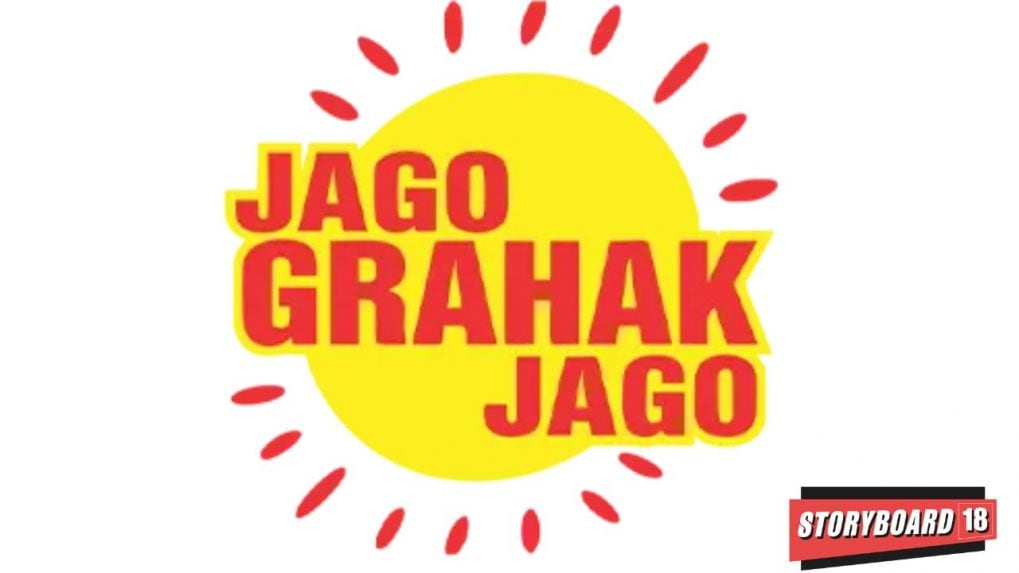Consumer Awareness budget slashed 70% since 2020 despite surge in frauds: Consumer Affairs Ministry informs Parliament
The Parliamentary Standing Committee on Consumer Affairs flagged steep cut from Rs 60 crore in 2020–21 to Rs 17.99 crore in 2024–25 and urged the Ministry for the revival of ‘Jago Grahak Jago’ and long-term planning for digital and grassroots outreach.
ADVERTISEMENT
Despite a visible rise in fraudulent consumer practices and scams, budgetary support for consumer awareness initiatives has plunged by over 70% in five years, dropping from Rs 60 crore in FY21 to just Rs 17.99 crore in FY25, the Parliamentary Standing Committee on Consumer Affairs has noted in its latest report.
The Committee, led by Chairperson Kanimozhi Karunanidhi, expressed concern over the declining financial commitment to awareness campaigns, particularly at a time when digital transactions, misleading advertisements, and cyber frauds are increasingly targeting unsuspecting consumers.
Read more: Over 65,537 consumer complaints resolved by Consumer Affairs Ministry in 2025 so far
In its Ninth Report, the panel called for enhanced and sustained funding for consumer outreach, and recommended strengthening flagship initiatives like ‘Jago Grahak Jago’ to ensure wider and deeper public impact.
“There is a pressing need to scale up awareness efforts as a first line of defence against fraud. Adequate funding and consistent policy backing are critical for long-term planning and execution,” the report stated.
Responding to the committee’s observations, the Department of Consumer Affairs noted that although allocations have reduced, the Ministry is leveraging digital and social media platforms to disseminate messages at zero cost, significantly reducing traditional media spend.
The department defended its shift by pointing to cost-efficiency gains through digital outreach, including collaborations with agencies like FSSAI (Food Safety and Standards Authority of India), Indian Cyber Crime Coordination Centre (I4C), and direct video conferencing with state Panchayats in regional languages to improve grassroots reach.
The Ministry also underlined that this pivot to digital platforms allows quicker, more interactive consumer education across demographics. However, the Committee maintained that cutting the budget could hamper the long-term sustainability of public awareness efforts, particularly in rural and semi-urban India where digital penetration still lags.
Read more: Central Consumer Protection Authority disposes 100% cases in 2022-2023
The Ministry said, "...it is to be informed that with increased digitalization over the recent years, the Department is preferring mediums other than traditional media, and therefore generating consumer awareness through social media at zero dissemination cost. This has led to less budget allocation over the years. Further, the Department has been undertaking initiatives viz. collaborating with stakeholders Ministries/Departments/organizations preferably in the official language of States for amplified outreach."
Push for additional benches, fast-track mechanisms, and infrastructure enhancements
The Standing Committee also raised concerns over the rising case backlogs, and administrative inefficiencies across India’s consumer redressal framework.
The committee reviewed the government’s action taken on its earlier recommendations linked to the Department of Consumer Affairs’ 2024–25 Demands for Grants. While acknowledging the rollout of platforms like e-Jagriti, improved video conferencing facilities, and expansion of the National Consumer Helpline (NCH), the committee highlighted persistent bottlenecks, especially in fund utilisation under the Strengthening of Consumer Commissions (SCC) Scheme and the backlog of nearly 5.5 lakh unresolved consumer complaints.
One of the most pressing issues flagged was the Rs 23 crore in unutilised funds under the SCC scheme due to delays, documentation deficiencies, and non-compliance with guidelines by several states and Union Territories. As of September 30, 2024, this had led to a significant dip in budget allocation for FY25, down to a mere Rs crore, threatening the scheme’s long-term viability.
Read more: F&B consumer complaints double in 2024, reaching at 53,228 : Ministry of Consumer Affairs
The committee recommended a more proactive and structured approach: conducting capacity-building workshops for state officials, centralised tracking of fund proposals, and the possibility of dynamically reallocating unspent funds from underperforming states to those showing readiness and compliance. It also demanded regular audits and escalations for states that delay utilization certificates (UCs), which stall the release of future funding.
In response, the Department of Consumer Affairs assured the House that it has been actively engaging with state governments through video calls, letters, and dedicated review meetings. It also reported that pending UCs had declined significantly, although the challenge remains ongoing.
The committee also expressed concern over case pendency, noting that out of 28.8 lakh consumer cases filed since inception, only 23.3 lakh have been resolved, leaving nearly 19% unresolved. It recommended the creation of additional benches, fast-track mechanisms, and infrastructure enhancements such as expansion of call centers and better training for Consumer Commission members.
Read more: Consumer Affairs Ministry logs 7,986 e-comm grievances from Punjab in 2024
The government highlighted its multi-pronged approach to improve resolution speed and user accessibility. This includes: video conferencing facilities in 10 NCDRC and 35 State Commission benches; the revamped e-Jagriti platform which unifies e-Daakhil, CONFONET, and NCDRC CMS into one AI-powered, multi-lingual system with real-time tracking and faceless onboarding; and the upgraded National Consumer Helpline (NCH 2.0), now available in 17 languages with access via phone, WhatsApp, web, email, and app. The helpline now handles over 1.5 lakh calls per month, up from just 12,000 in 2015
To handle the rising complaint volumes, the government has also enhanced the NCH’s backend with AI-driven speech recognition and multilingual chatbots, ensuring faster intake, auto-routing, and more inclusive access—especially in rural areas.


